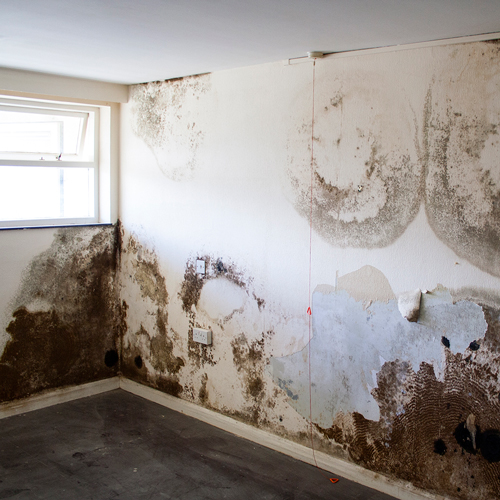Damp problems in buildings are both problematic and unsightly, whether they are above the ground- damps walls, or below grounds in damp basement or cellar.
What is Rising Damp?
Damp is moisture present in your walls, they are due to the water on the ground underneath, or adjacent to your walls rising up through the material of the wall, be it stone, brick, or block. The water travels upward in walls because of the process of capillary action, where water is sucked through a small gap such as hole or tube. And, the water stop rising at an elevation where gravity neutralizes the uphill force of capillary action; the rising damp usually reaches a height of 1-2m at maximum.
What are Signs of Rising Damp?
Tide lines of yellowish, blown plaster in the lower region of any wall above the skirting board or brownish discoloration are typical signs of damping. And, you might see fluffy, white deposits in the plaster- these are salts, which damp has taken from bricks into the plaster. Visible black spots of the mold may also appear if damping on the wall has reached its height.
Causes
Rising damp issues often occur as a result of not having a damp proof coat installed, or having one that is faculty due to inadequate installation (or age). A damp proof coat is simply a waterproof layer in the wall, in ideal condition, six inches from the outside ground under raised timber floor, or near your concrete floor for the internal wall. This waterproof layer sits between bricks deters water from rising up into the walls, and causing dampness.
Treating Damp Repairs
Hit on the effects of a problem without tackling the cause will never give you long lasting and satisfactory results. You need to unearth the root cause, and then carry out the necessary repairs to deal with rising damp. Carrying out Damp treatments London like painting over the damp will just waste your precious money, and even make the job more tedious for damp repairs. In simple words, you need to do the job all over again when the problem becomes unworkable.
If you’ve discovered that your problem is caused by a blocked cavity wall, then unclog that cavity to get the job done.
However, if you discover that the damp proof coat is bridged in another way, like by high outside ground, then try removing or adjusting whatever’s causing the connection, so that it only reaches below the DPC. This can be achieved by digging a ditch that’s five to six inches deep by your house if your damp proof layer is buried in the ground. And, lastly, make sure that the ditch doesn’t pool in the ditch you’ve dug up.
To get the best of the damping repairing services, you to find the most reputed and credible Damp treatments London. Search internet, ask your friend or relatives, those who recently have obtained such services, and not to mention read reviews and clients testimonials.


